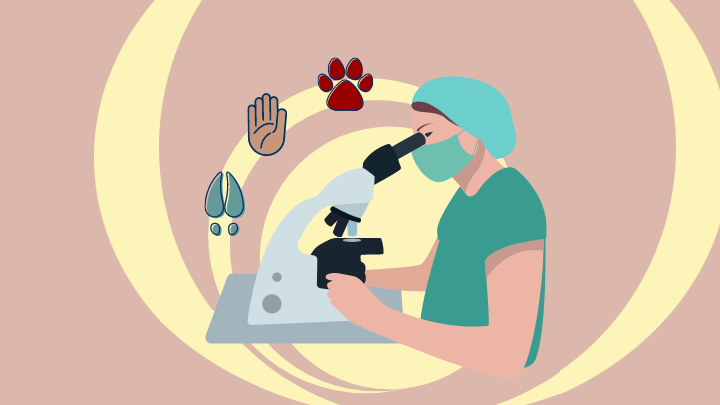Protecting Communities from Disease
Through constant surveillance, research and rapid development, our dedicated colleagues working in the area of Veterinary Public Health (VPH) fulfill a powerful purpose: Through our initiative “Infectious Diseases”, which is part of the Sustainable Development – For Generations pillar More Health, they keep fighting diseases like foot-and-mouth disease, rabies, and bluetongue virus. These and other transboundary and emerging diseases (TEDs) constantly evolve, requiring new solutions. Find out how our colleagues in Global Innovation and VPH prepare for outbreaks.

“The current pandemic is the best example for how diseases can take us by surprise, turning our lives upside down,” notes Elke Abbeloos, Director of Veterinary Public Health Vaccine Development. TED outbreaks can have devastating impacts on food security, the livelihoods of livestock farmers, and cause harm to countless animals. And a number of TEDs are zoonotic: They can spread from animals to people, making them even more harmful to communities. Elke adds: “No matter how much expertise you have accrued as an individual or team, you keep learning new things about TEDs!”
Keeping up with evolving diseases
That’s why it’s so crucial that our Global Innovation & VPH team continuously monitors the situation and develops new solutions to help governments control outbreaks. “It’s part of our One Health mission as a company,” explains Nigel Swift, Head of VPH.“ By fighting TEDs, we’re contributing to improving the health of humans and animals alike.”
Through these measures and our strong partnerships, we have great successes to build on. When outbreaks occur, we can quickly get potent vaccines to the governments in need of support, help with biosecurity measures, and advise on how to deal with volatile epidemiological situations.
Closing the gaps
As animal diseases evolve, our technological capabilities and solutions must keep pace. Our ability to protect animals against TEDs is a key pillar of our animal health strategy. “We will continue to strengthen our partnerships to fight priority threats like African Swine Fever, animal influenza viruses, and others. To that end, we will grow our surveillance capabilities and further develop our platforms to ensure a rapid response to new threats,” relays Teshome Mebatsion, Viral Vector Research Director. “When the next TED outbreak arrives to threaten communities, we’ll be ready.”

Related Content







